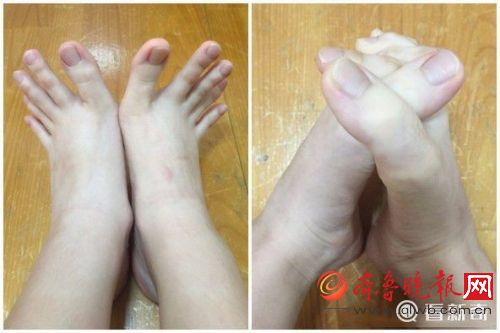

 |
| (Photo: CMSE website) |
Several Western media outlets have accused China of losing control of its satellite, Tiangong-1, saying that the satellite's freefall could end in a dangerous collision with Earth. Chinese experts have responded to these stories, explaining that the reports are nothing more than ongoing “China threat” rhetoric.
After 1,630 days in orbit, China’s first space lab Tiangong-1 satellite officially closed its data service in March, and has since been working on exiting orbit, the China Manned Space Engineering (CMSE) website reported.
However, amateur astronomers watching the satellite claim that it has gone into freefall, and that parts of the satellite colliding with Earth could end up as a hot molten mass, The Independent reported.
“If I am right, China will wait until the last minute to let the world know it has a problem with [its] space station … It could be a real bad day if pieces of this came down in a populated area, but odds are it will land in the ocean or in an unpopulated area,” amateur astronomer Thomas Dorman told Space.com.
An anonymous space science expert told Global Times on Wednesday that the reports are inexpert, and that the current situation is completely different from when an early U.S. space lab lost control and entered freefall over Australia and the Indian Ocean.
“Some Western media tends to hype up Chinese astronomy technology, claiming that we are posing a threat to them. This is basically transferring ‘China threat’ to space-related topics,” he said.
The expert also said that smaller spacecraft in near-Earth orbit generally burn up when passing through the atmosphere, and pieces that do not burn up do not constitute a major threat. At the same time, larger spacecraft in near-Earth orbit are usually guided manually to fall into the South Pacific.
Since Tiangong-1 first launched in 2011, the satellite has lived up to its life expectancy of two years. During those two years, the satellite successfully entered orbit and docked with spaceships from the Shenzhou series. It also carried out a series of invaluable scientific experiments, according to the CMSE website.
 "Straddling bus" starts production in east China
"Straddling bus" starts production in east China Girl goes viral for finger-long toes
Girl goes viral for finger-long toes Five made-in-China hi-tech breakthroughs
Five made-in-China hi-tech breakthroughs HK-Zhuhai-Macao Bridge to open to traffic
HK-Zhuhai-Macao Bridge to open to traffic China opens its first combined transport service to Nepal
China opens its first combined transport service to Nepal Students take stylish bikini graduations photos
Students take stylish bikini graduations photos Charming dancing students pose for graduation photos
Charming dancing students pose for graduation photos Guizhou, Yunnan section of Shanghai-Kunming railway connected
Guizhou, Yunnan section of Shanghai-Kunming railway connected Naked models transformed into landscapes, birds and even DRAGONS by body painting artist
Naked models transformed into landscapes, birds and even DRAGONS by body painting artist Top 20 hottest women in the world in 2014
Top 20 hottest women in the world in 2014 Top 10 hardest languages to learn
Top 10 hardest languages to learn 10 Chinese female stars with most beautiful faces
10 Chinese female stars with most beautiful faces China’s Top 10 Unique Bridges, Highways and Roads
China’s Top 10 Unique Bridges, Highways and Roads Blustering US a paper tiger in S.China Sea
Blustering US a paper tiger in S.China Sea China mulls ADIZ in S.China Sea
China mulls ADIZ in S.China Sea China’s exam high-scorers weighed down by unrealistic expectations
China’s exam high-scorers weighed down by unrealistic expectations Animal activists’ highway truck stop reveals illegal trafficking gang
Animal activists’ highway truck stop reveals illegal trafficking gangDay|Week